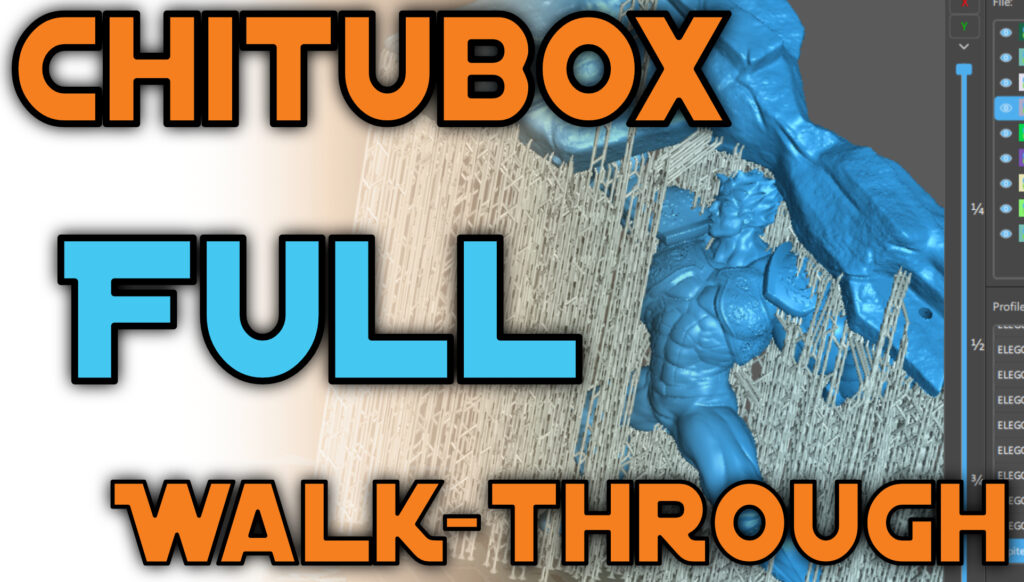How to Protect your Screen – Photon Mono X
This guide includes diagrams, FEP sheet replacement instructions, Parts and motherboard explanations, troubleshooting tricks, cleaning, maintenance, settings, firmware + Bonus Resin Scoop and much more.
Instructions
While older models had a glass protective layer above the LCD, new modern day machines have opted to no longer include this for the most part. So in today’s article, we’ll be going over how to add a screen protector to help protect the LCD from any damage which may occur. As always, undertake this at your own risk.
If your FEP sheet is punctured, you could potentially damage the LCD screen with either a resin leak or solidified resin shard and since the replacement LCD screen is well over a $100 it does make this initial investment something worth looking at. Now there are multiple companies which produce a product similar to this one, but for this article I will be focusing on using the one I purchased.
There are some pretty important things to know about this installation. The main one is that many use static electricity to hold it into place, which is very effective and makes it easy to remove. There is one thing which comes as a result of this ease of use. This protective film will attract dust extremely easily, and I haven’t yet found a way to clean it as yet. The good news, however, is that small bubbles along the surface shouldn’t affect the print quality.
This package comes with a squeegee and micron cloth, which you’ll need for this application. Although the instructions are brief they are functional, but I have found some additional techniques which should be considered.
Assuming that you’ve already removed the vat, you’re going to clean the screen’s surface with a micron cloth, getting it as clean as possible prior to the installation. The protective film has two protective sheets on either side, each of which is labelled according to their use. Take the applicator and wrap the micron cloth around it and have it at the ready. You’re going to peel only part of the protective layer, which is labelled “Peel off this BEFORE application”. You’re going to peel just enough so that you can slowly remove the protective layer as you begin to apply it. Doing this helps keep additional dust from being attracted to the surface, while you attempt to keep out as many bubbles as possible. This is the side which faces downwards onto the screen, so make sure to line it up with the screw holes of the machine. DO NOT attempt to remove any of these particles with tweezers or your finger’s. Doing this, will leave fingerprints along the surface or even worse, damage the surface with indentations. As you slowly peel back the protective layer, you’re going to use the applicator to gently push it down into the screen and push out potential bubbles as you go. Although you’ll probably still have a couple which remain after the application process is complete, these shouldn’t cause any issues with your prints.
Remove the final protective layer for the screen protector, and you’re ready to begin printing once you’ve re-levelled the print bed. While installing this protector, I found that the majority of the bubbles were caused by dust which had made its way in during the application process. So turning fans off and allowing the dust to settle in the room prior to its application may help when you do this yourself. I also used a lens air blower to blow off any remaining particles to keep from touching the surface further.
If you have this machine, you’re probably going to want to address the issue with the build plate and vat knobs, so make sure to check out this ARTICLE on how to upgrade these yourself. Thank you for watching, and I hope to see you guys again. Thank you and take care.
Personal Notes
Use
- Protect LCD screen from being punctured
- Protects against resin leaks
Things to watch out for
- Make sure to peel off the 2 protective layers
- Do not attempt to remove particles from protection film
- Sticky side faces down (normally labelled)
Yasmeen completed both the 2D and 3D animation course at Algonquin College and worked in the animation industry as a freelancer for a number of years before being hired to manage the 3D printing services at ItsYeBoi. While using the Alias of "Jenny" during her services, she was responsible for the testing, maintenance and upgrading of the machine while also filming and developing 3D printable assets for various projects.

